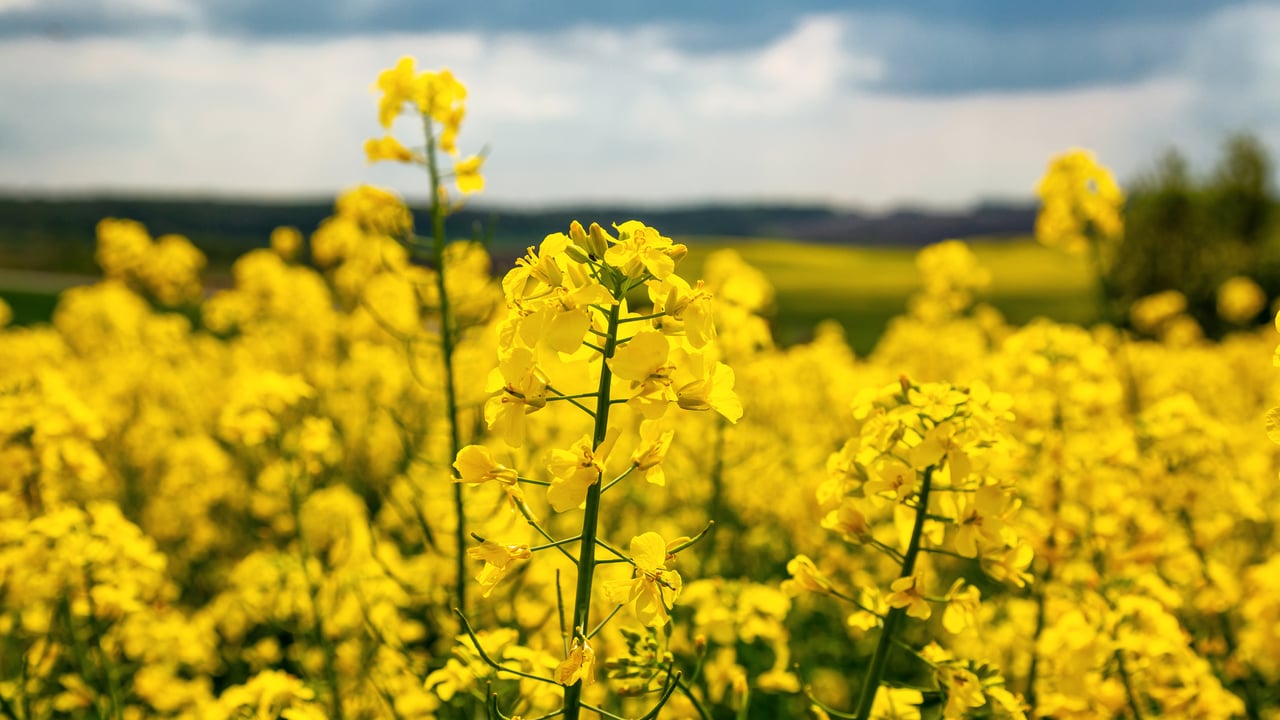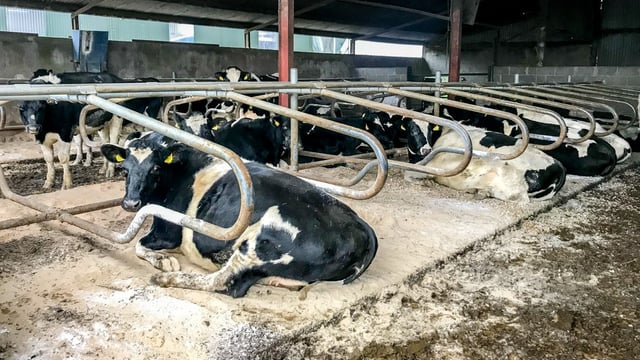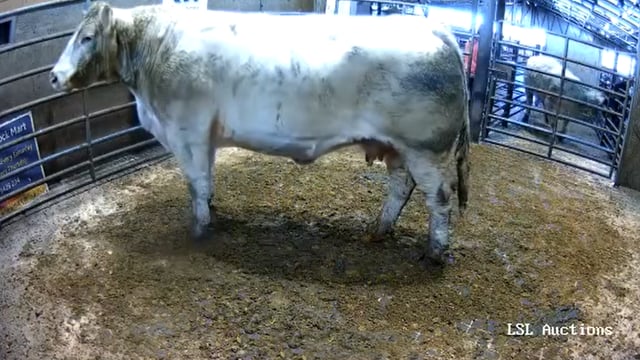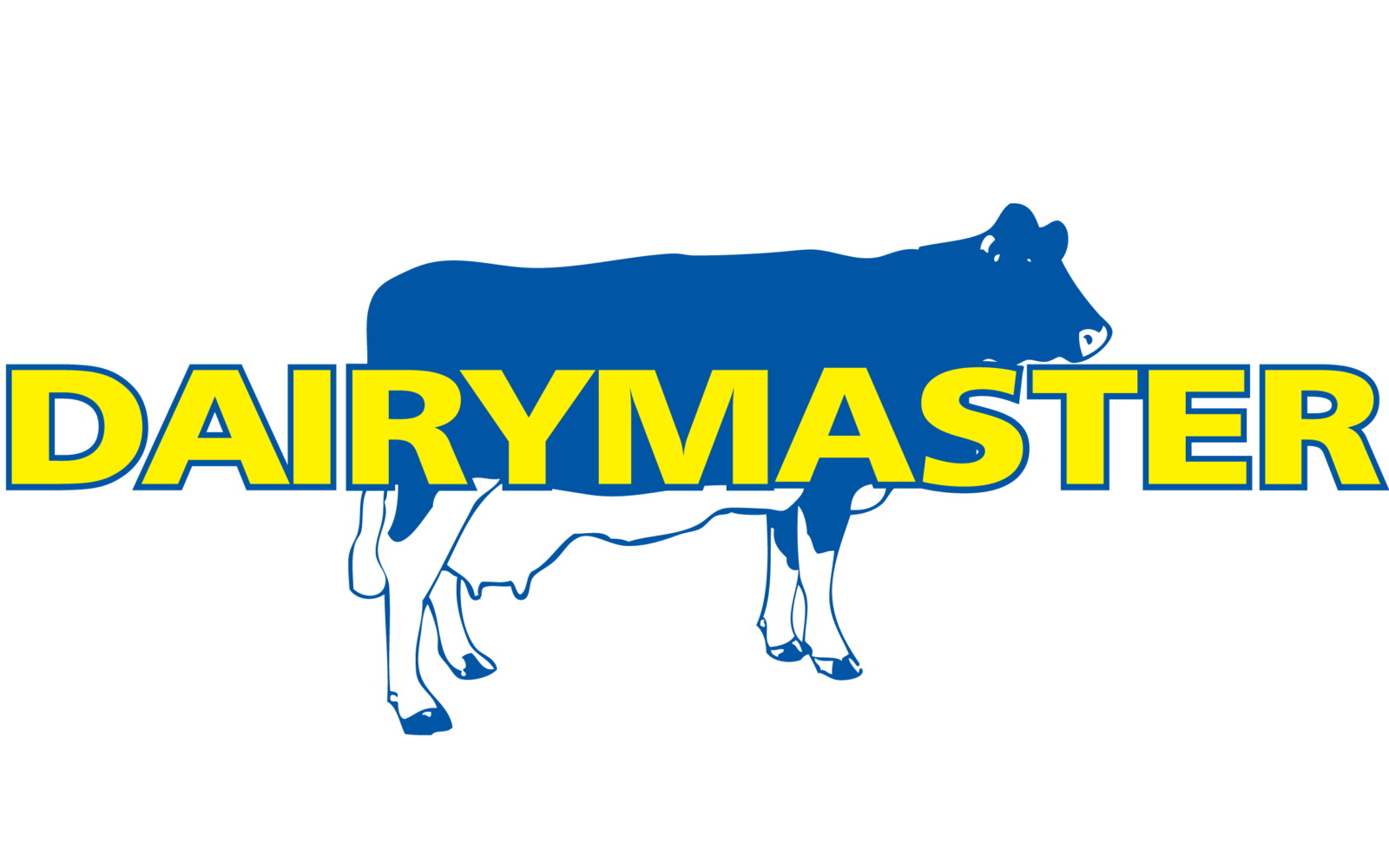Tillage: Getting to grips with phoma in winter oilseed rape
Tillage farmers have been strongly advised to check crops of winter oilseed rape for signs of phoma infection.
The fungal disease can cause major yield losses, if left unchecked.
In cases where 10% and greater infection rates have been identified, the application of a fungicide will be required.
Teagasc tillage specialist, Shay Phelan, explained:
“Phoma will be the main target of autumn fungicide applications. However, varieties differ in their susceptibility. So, growers should follow the threshold guidelines for control.
“This fungicide timing needs to effective against phoma and light leaf spot. The choice of fungicide will often come down to whether or not the crop needs a growth regulator effect or not."
According to the Teagasc representative, backward or thin crops will not need a growth regulator, so an application of a half-rate prothioconazole (Proline) should be adequate.
“In early-sown crops where a regulator is probably needed, options include metconazole-based products or tebuconazole-based products - again, at half the recommended rates," he added.
Research has indicated that a good crop and a strong canopy will encourage the development of phoma. It is a fungus that is directly linked to the development of stem canker.
"The pathogen makes its way into the petiole of the leaf and from there down to the stem. The smaller the plan - the shorter the distance that the pathogen has to travel," Phelan said.
In cases where there are bigger leaves and bigger canopies, the pathogen has to work that much harder to reach the stem of the plant.
Significantly, Azole fungicides are becoming less effective in the fight against phoma, light leaf spot and stem canker.
This was the essence of a statement issued by Rothamsted Research in the UK earlier this year. It follows-on from a series of recent laboratory-based trials.
In turn, this has led to calls for integrated pest management strategies to be use more widely when it come to disease control within rape crops
Recent years have seen a significant increase in the area of rape grown in Ireland.
From an agronomic perspective, the crop is regarded as a highly valuable inclusion within all tillage rotations.
Demand for rapeseed oil continues to increase. In addition, the residue from crushing represents a very valuable protein source for livestock.
There is no commercial rapeseed crushing plant on the island of Ireland at the present time. However, it is envisaged that plans to develop such a facility may be announced in the very near future.





